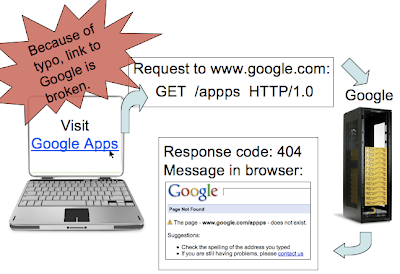As a follow-up to my recent post about how user reports of webspam and paid links help improve Google's search results for millions of users, I wanted to highlight one of the most essential parts of Google Webmaster Central: our Webmaster Help Group. With over 37,000 members in our English group and support in 15 other languages, the group is the place to get your questions answered regarding crawling and indexing or Webmaster Tools. We're thankful for a fabulous group of Bionic Posters who have dedicated their time and energy to making the Webmaster Help Group a great place to be. When appropriate, Googlers, including myself, jump in to clarify issues or participate in the dialogue. One thing to note: we try hard to read most posts in the group, and although we may not respond to each one, your feedback and concerns help drive the features we work on. Here are a few examples:
Sitemap detailsSubmitting a Sitemap through Webmaster Tools is one way to let know Google know about what pages exist on your site. Users were quick to note that even though they submitted a Sitemap of all the pages on their site, they only found a sampling of URLs indexed through a site: search. In response, the Webmaster Tools team created a Sitemaps details page to better tell you how your Sitemap was processed. You can read a refresher about the Sitemaps details page in Jonathan's blog post.
Contextual help
One request we received early on with Webmaster Tools was for better documentation on the data displayed. We saw several questions about meta description and title tag issues using our Content Analysis tool, which led us to beef up our documentation on that page and link to that Help Center article directly from that page. Similarly, we discovered that users needed clarification on the distinction between "top search queries" and "top clicked queries" and how the data can be used. We added an expandable section entitled "How do I use this data?" and placed contextual help information across Webmaster Tools to explain what each feature is and where to get more information about it.
Blog posts
The Webmaster Help Group is also a way for us to keep a pulse on what overarching questions are on the minds of webmasters so we can address some of those concerns through this blog. Whether it's how to submit a reconsideration request using Webmaster Tools, deal with duplicate content, move a site, or design for accessibility, we're always open to hearing more about your concerns in the Group. Which reminds me...
It's time for more Popular Picks!
Last year, we devoted two weeks to soliciting and answering five of your most pressing webmaster-related questions. These Popular Picks covered the following topics:
Sitemap detailsSubmitting a Sitemap through Webmaster Tools is one way to let know Google know about what pages exist on your site. Users were quick to note that even though they submitted a Sitemap of all the pages on their site, they only found a sampling of URLs indexed through a site: search. In response, the Webmaster Tools team created a Sitemaps details page to better tell you how your Sitemap was processed. You can read a refresher about the Sitemaps details page in Jonathan's blog post.
Contextual help
One request we received early on with Webmaster Tools was for better documentation on the data displayed. We saw several questions about meta description and title tag issues using our Content Analysis tool, which led us to beef up our documentation on that page and link to that Help Center article directly from that page. Similarly, we discovered that users needed clarification on the distinction between "top search queries" and "top clicked queries" and how the data can be used. We added an expandable section entitled "How do I use this data?" and placed contextual help information across Webmaster Tools to explain what each feature is and where to get more information about it.
Blog posts
The Webmaster Help Group is also a way for us to keep a pulse on what overarching questions are on the minds of webmasters so we can address some of those concerns through this blog. Whether it's how to submit a reconsideration request using Webmaster Tools, deal with duplicate content, move a site, or design for accessibility, we're always open to hearing more about your concerns in the Group. Which reminds me...
It's time for more Popular Picks!
Last year, we devoted two weeks to soliciting and answering five of your most pressing webmaster-related questions. These Popular Picks covered the following topics:
- Susan outlined a few ways to ensure your site is being indexed by Google.
- John answered some questions about spam reporting and reconsideration requests.
- John also wrote a blog post that is a great resource for meta tags.
- Wysz provided some clarification on hidden text.
- Matt detailed appropriate uses of the nofollow tag.














